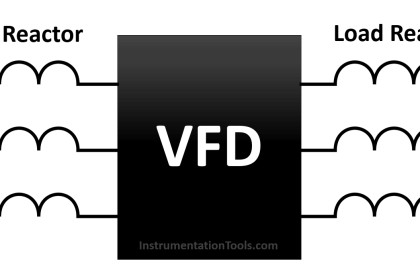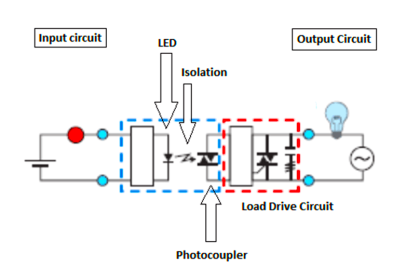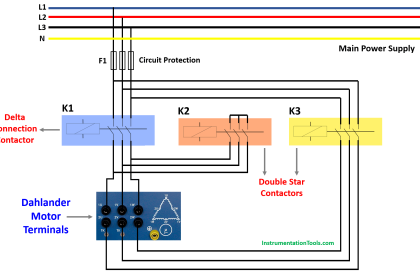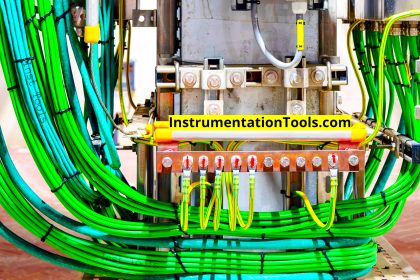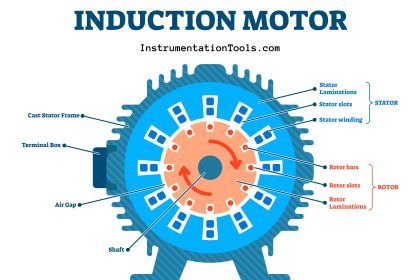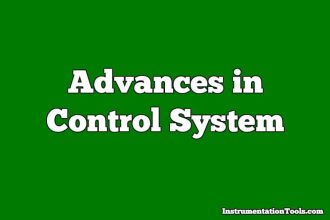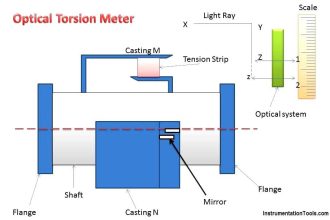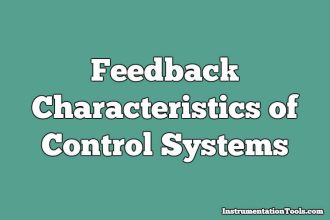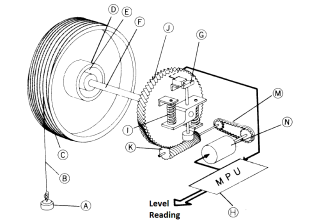In this post, we will learn the difference between AA and AAA batteries.
Batteries are a very important part of our life. Almost every electronic device nowadays has a battery installed to run it. When you work with batteries, there are two common names that come – AA and AAA. It does not mean anything, but it’s just a symbol for size and features.
Battery
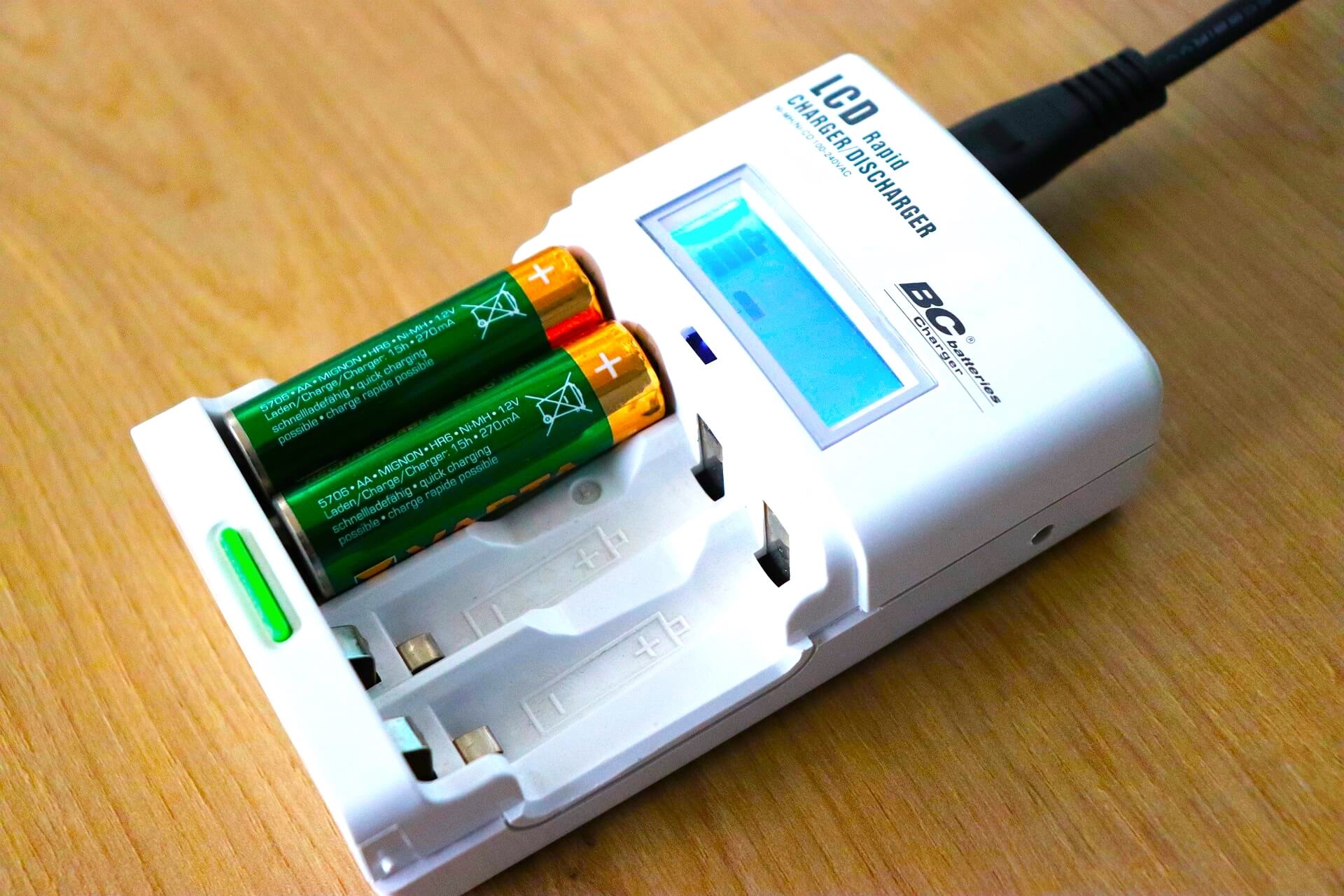
In this post, we will see the difference between two of the most commonly used types of batteries.
What is an AA Battery?
AA battery is the one with medium or large size. Its name is mentioned in the battery when you purchase; so there is no need to get confused. It is also used in combination with other AA batteries to power a relatively larger voltage-rating device.
AA battery is made of alkaline, lithium, or Ni-MH. AA battery has a typical dimension of 14.5 * 50.5 mm. AA battery typically provides a voltage of 1.5 V – 3.7 V.
AA battery maximum capacity is up to 3500 mAh. Some of them are rechargeable and some are not. They are also known as dry cells because they have a balanced amount of moisture to allow current to pass through.
What is an AAA Battery?
AAA battery is the one with small size. Its name is mentioned in the battery when you purchase; so there is no need to get confused.
AAA battery is also used in combination with other AAA batteries to power a relatively larger voltage-rating device. It is made of alkaline, lithium, or carbon zinc.
AAA battery has a typical dimension of 10.5 * 44.5 mm. AAA battery typically provides a voltage of 1.5 V – 3.7 V. AAA battery maximum capacity is up to 1200 mAh.
Difference between AA and AAA Batteries
The following are the main points that explain the comparison between AA and AAA batteries.
- AA battery is larger in size as compared to AAA battery.
- The storage capacity of AA batteries (up to 3500 mAh) is larger than AAA batteries (up to 1200 mAh).
- Due to the size, AA batteries are used in larger devices like toys, radios, calculators, thermometers, flashlights, and other big devices; whereas AAA batteries are mostly used in clocks, remote controls of AC, TV, and other smaller devices.
- Triple-A batteries, however, tend to lose some of their voltage capacity after a while. A double-A battery, on the other hand, will take much longer to lose its voltage capacity making it more long-lasting.
- AAA battery is cheaper than an AA battery, due to its smaller size and capacity.
In this way, we understood the difference between AA and AAA batteries.

